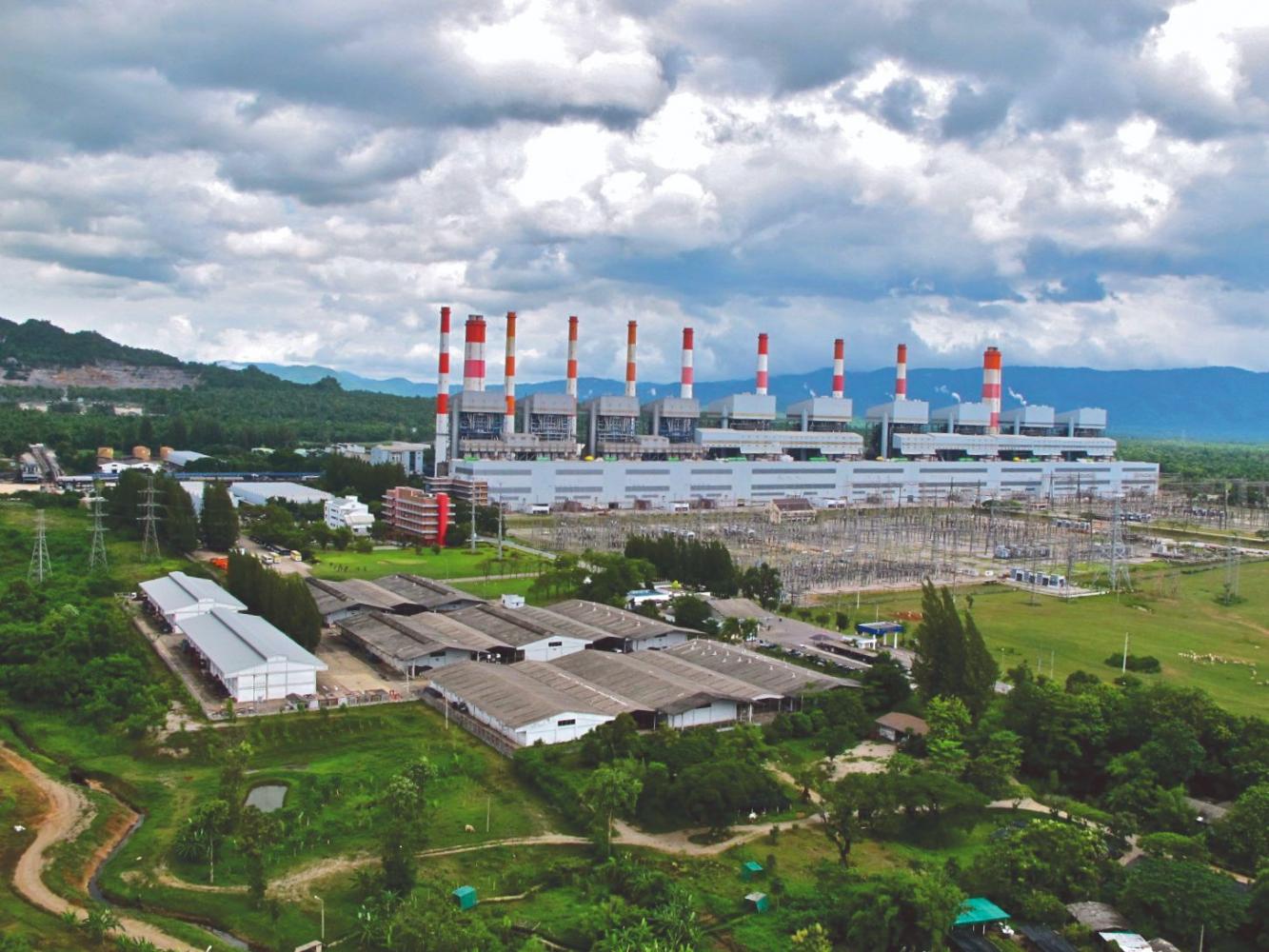
The Energy Regulatory Commission (ERC) is considering offering free electricity to local communities and villages around power plants nationwide, in line with an assignment from Energy Minister Sontirat Sontijarawong.
ERC chairman Samerjai Suksumek said relevant state agencies are brainstorming to create a free power bill scheme this month, targeted at people who live near power plants.
The scheme will be subsidised by cash from the Power Development Fund (PDF), overseen by the ERC.
The PDF was set up by the Energy Industry Act of 2007. All power plants, public and private, must pay a levy to the PDF.
The levies collected by the fund come from 90 power plants across the country. The levy is set at one satang per kilowatt-hour for gas-fired power plants, 1.5 satang for oil and two satang for coal, hydro, biomass and waste-to-energy.
The ERC will consider a scheme for community-owned power projects, called "energy for all", to encourage locals to set up renewable power generation businesses in remote communities and sell electricity from these projects to the state.
Renewable power generation for local communities and villages comes from agricultural waste used for biomass and biogas and the installation of solar panels. Wind power will not be included under the scheme.
"The ERC will work with three state-run power agencies -- the Electricity Generating Authority of Thailand, the Metropolitan Electricity Authority (MEA) and the Provincial Electricity Authority (PEA) -- for both schemes," Mr Samerjai said. "Under the energy for all project, the three state power enterprises will inspect existing transmission and distribution lines to select possible locations for community-owned power projects."
The energy for all projects is aimed at circulating abundant agricultural waste in local communities towards renewable power generation.
But provincial transmission and distribution lines need to be developed further to be able to meet the higher power capacity under the scheme.
In 2014, the plan for solar power projects owned by agricultural cooperatives was delayed for several months due to limitations in power infrastructure.
Mr Samerjai said the latest version of the power development plan for 2018-37 will be revised under the household solar rooftop scheme for total power generation of 10,000 megawatts in the next 20 years.
The scheme has to be reviewed due to lower participation from property owners, he said.
In 2019, ERC expects 100MW to be generated under the scheme, but it has received 1,244 kilowatts in total from only 227 participants so far.
A source from the ERC who requested anonymity said the agency will add attractive provisions such as increasing the price of surplus electricity sold to the MEA and PEA from 1.68 baht per kilowatt-hour, but that has yet to be decided upon.
Another condition of the scheme is to expand solar power types from rooftops to farms with a plan to open participation to companies.